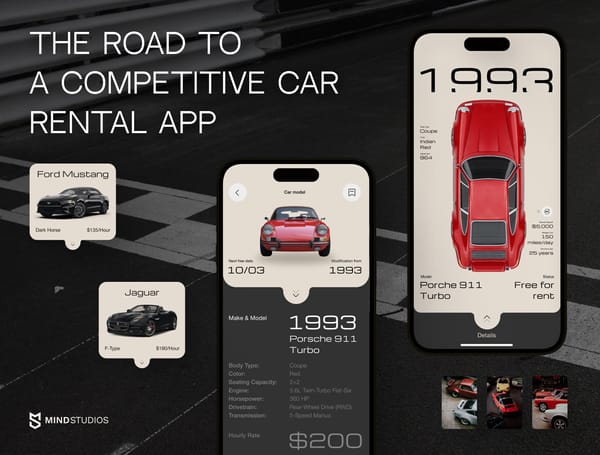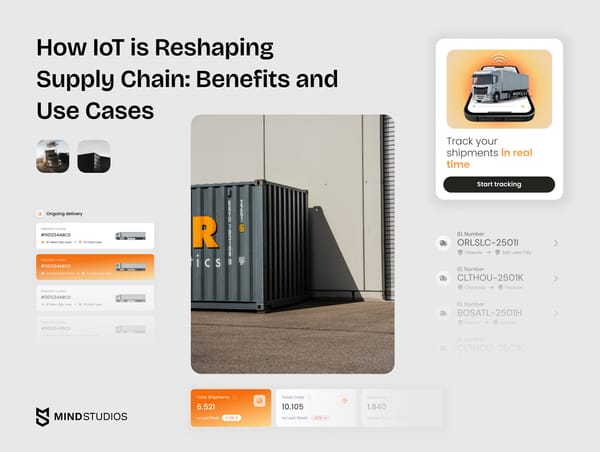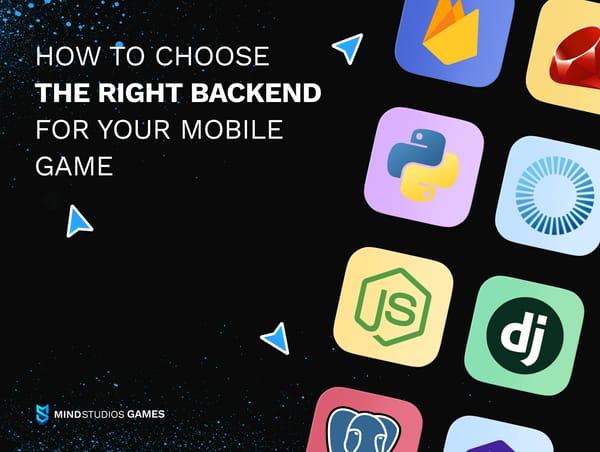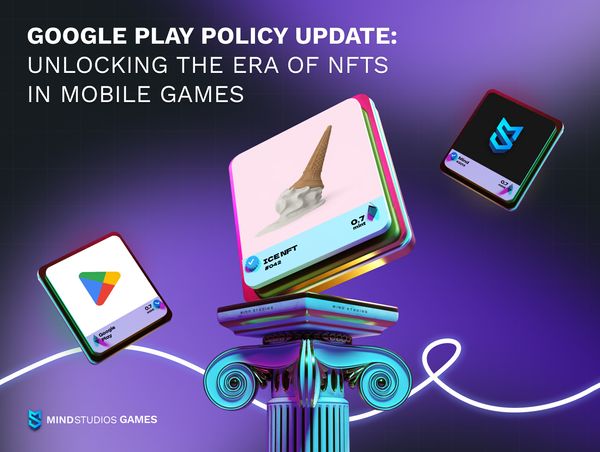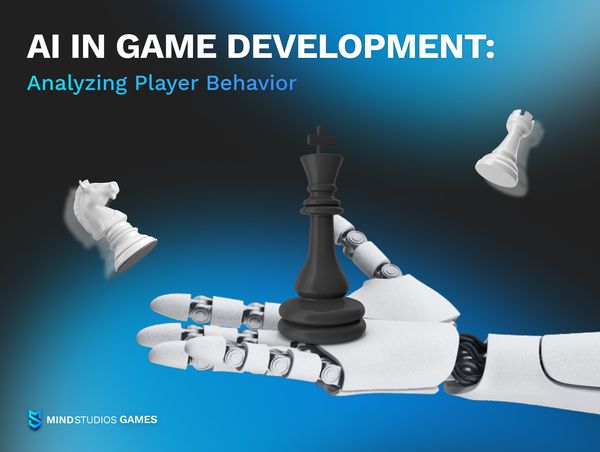One of the biggest challenges in any product creation has always been the need to understand your target audience, its pain and needs. Mobile game development, being a highly competitive industry, requires user, or, in this case, player behavior analysis more than many other industries.
In this article, we’ll be covering the use of AI in mobile game analytics for the personalization of gaming experience. If you’d like to understand the role of AI in player behavior analysis, we hope we can shine some light using our extensive experience in mobile game development. We’ll also share the knowledge we acquired by using emerging tools and services, including AI ones, for our products.
The world has been moving fast towards personalized experiences in every niche and aspect, and gaming is at the forefront of this particular trend. Mobile games on average have a high abandonment rate — up to 70% for Day 1. More than half of mobile game players in the 30% retention rates of Day 1 drop the game within a week. Here’s some statistics from the mid-2023 report by Adjust, a marketing analytics company:
| Gaming apps retention rates, Q1 2023 | |
|---|---|
| Day after install | Retention rate, % |
| Day 1 | 28% |
| Day 3 | 19% |
| Day 7 | 13% |
| Day 14 | 9% |
| Day 28 | 6% |
| Day 30 | 6% |
[Source: Adjust]
As you can see from this data, on average, only 6% of players still open the same mobile game a month after installing them, regardless of genre.
To build a higher player loyalty, any app owners need to make their apps more entertaining for bigger audiences. And when it comes to mobile games, the competition is fierce — there were 490,267 mobile games registered in Google Play Store in Q3 of 2022. So how do you do that?
The answer is simultaneously simple and complex: You make your game more personalized, instead of trying to hit the jackpot semi-blindly over your whole target audience. And AI player performance analysis can help you with this.
Key AI techniques for player behavior analysis

The world has been shifting to AI-based analytics. After all, that’s what AI is best at — processing and analyzing huge amounts of data fast. Traditional analytics are, of course, of great help to mobile game developers, but in this particular niche, artificial intelligence brings it to a new level.
Some techniques for player behavior analysis using AI in games include:
Predictive modeling
Before AI came into play, any predictions had to be done by human game designers and producers using their experience and the data from traditional analytics. This worked, of course, but the extent was limited as it took time to analyze data and make decisions, and in that time, the players or the trends might have changed.
Predicting player behavior using AI is way more efficient as the algorithms can analyze player actions on the go, collecting data and comparing it with previous data. AI then draws a conclusion for most likely future actions by players within seconds. This can help you make swift data-backed changes to gameplay, fix bugs, and decide on what content to introduce next.
A more sophisticated algorithm can use this behavior data to make changes for players on the go: offer content, adjust level difficulty, or generate events.
Churn prediction
This is a type of predictive analytics algorithms. We’re covering it separately due to their high importance for mobile game development specifically. Machine learning models can warn developers about players behaving in a way that indicates high possibility of abandoning the game. With this timely warning, you can make updates to your game to keep players interested.
Player segmentation / clustering
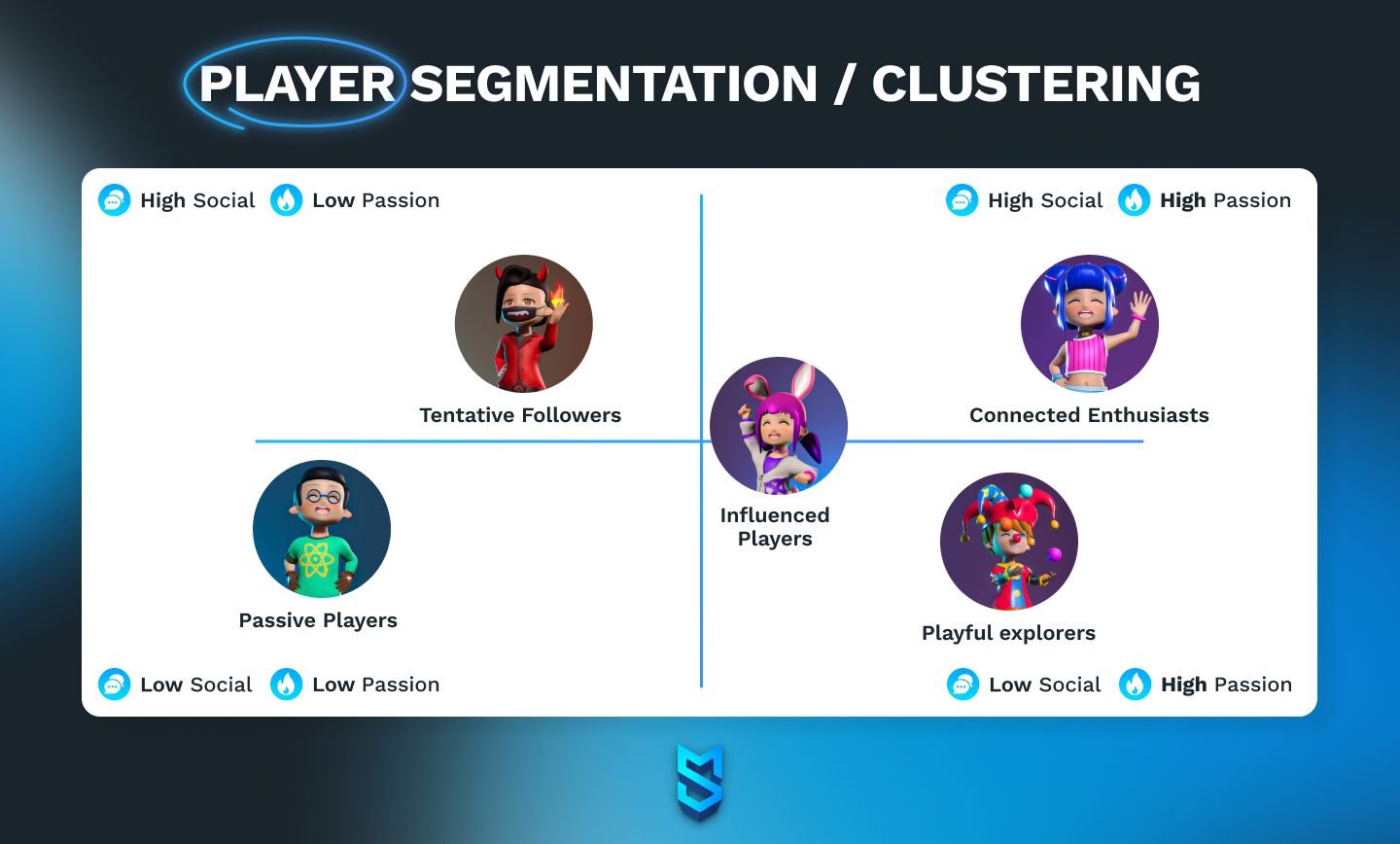
Dividing the entire player base into segments was already being done with the help of traditional analytics tools, but AI algorithms can fine-tune the process as well as provide data continuously. With the use of machine learning, the players can be arranged into groups by different factors:
- Playing styles
- Engagement levels
- Willingness to make purchases
- Type and amount of purchases
And more. Creating tailored content and introducing it to players based on these segments will allow you to target players with more precision, resulting in higher engagement and longer player lifetime.
Recommender systems
One of the most straightforward uses for AI-based personalization in games: an algorithm can observe each player, analyze their patterns and peculiarities, and adjust in-game content for them to be more engaged. Such content can include:
- In-game purchases (with in-game currency or real money)
- Specific quests
- Guides
- Features to use to simplify playing
By having offers or encountering quests tailored to their preferences, players will be willing to stick with your game longer.
A/B testing
There are two ways to use player behavior analysis in games as part of A/B testing. The first, and the simplest, is using statistical analysis paired with machine learning algorithms to correctly interpret the results of A/B tests, and do it continuously. With this data, developers can optimize game elements based on real-time player feedback, improving overall game performance.
The second is to use AI- and ML-based simulation algorithms to perform A/B tests without engaging actual human players. This second option, however, requires a substantial amount of historical player behavior data (and it will still not be 100% correct, as we humans can be unpredictable).
Sentiment analysis
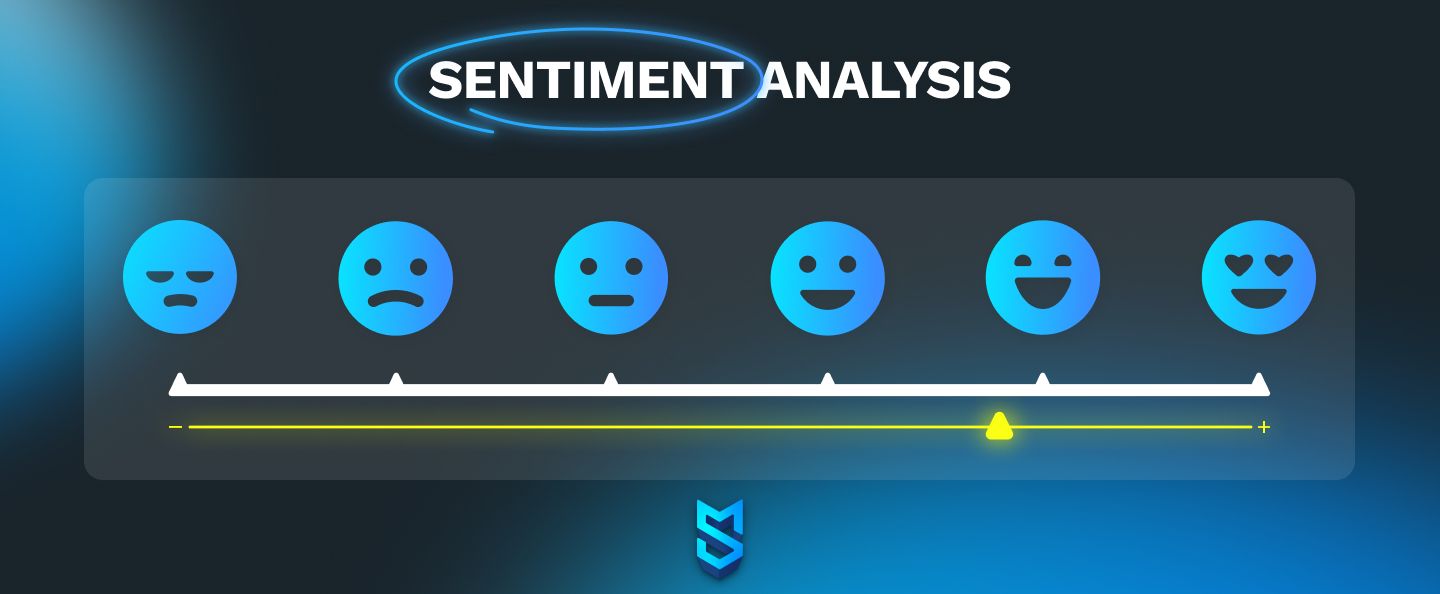
Unlike other techniques we mentioned here, sentiment analysis doesn’t analyze player behavior inside your game. Instead, this technique is used to gather and analyze data about your game in:
- App store reviews
- Blog reviews
- Mentions in social networks posts and comments
Traditional analytics can mostly only scrape the internet for such mentions and bring the data to you, for humans to review and analyze. AI, however, can employ natural language processing (NLP) to instantly divide all reviews and mentions into positive, negative, and neutral.
This allows your team to view feedback in a more organized way and address issues faster.
Benefits of utilizing AI in player behavior analysis
We’ve mentioned some benefits of AI usage for player analysis in the previous section, but here let us summarize them in a more organized way.
| Personalizing gaming experience | This is the ultimate use of AI in game development. From clustering to tailored content recommendations, analyzing player behavior by artificial intelligence algorithms brings faster and easier personalization. |
| Improving player retention | Predictive modeling, churn prediction, and timely feedback analysis from multiple sources will alert you to any necessary changes to your game, enabling you to make updates that will keep players in the game longer. |
| Fine-tuning game monetization | Monetization in mobile games is a tricky issue. Most mobile games are monetized by a mix of in-game purchase offers and ads. The successful implementation of both these monetization models rely heavily on players’ preferences. By performing player behavior analysis in game using AI, you can make adjustment to your offers and to the frequency of ads to entice players to use them. |
| Obtaining feedback in real time | Timely feedback can save a game, and it’s especially true for mobile games. From fixing bugs to adding, editing, or removing content, many things can be changed by obtaining relevant feedback on time. AI can collect and analyze players’ feedback, both inside the game and outside on the web. |
| Understanding your players better | Finally, by seeing more details of your players’ behavior inside the game, you can get closer to them, understand them better, and ultimately make better games. |
Challenges in AI-driven player behavior analysis
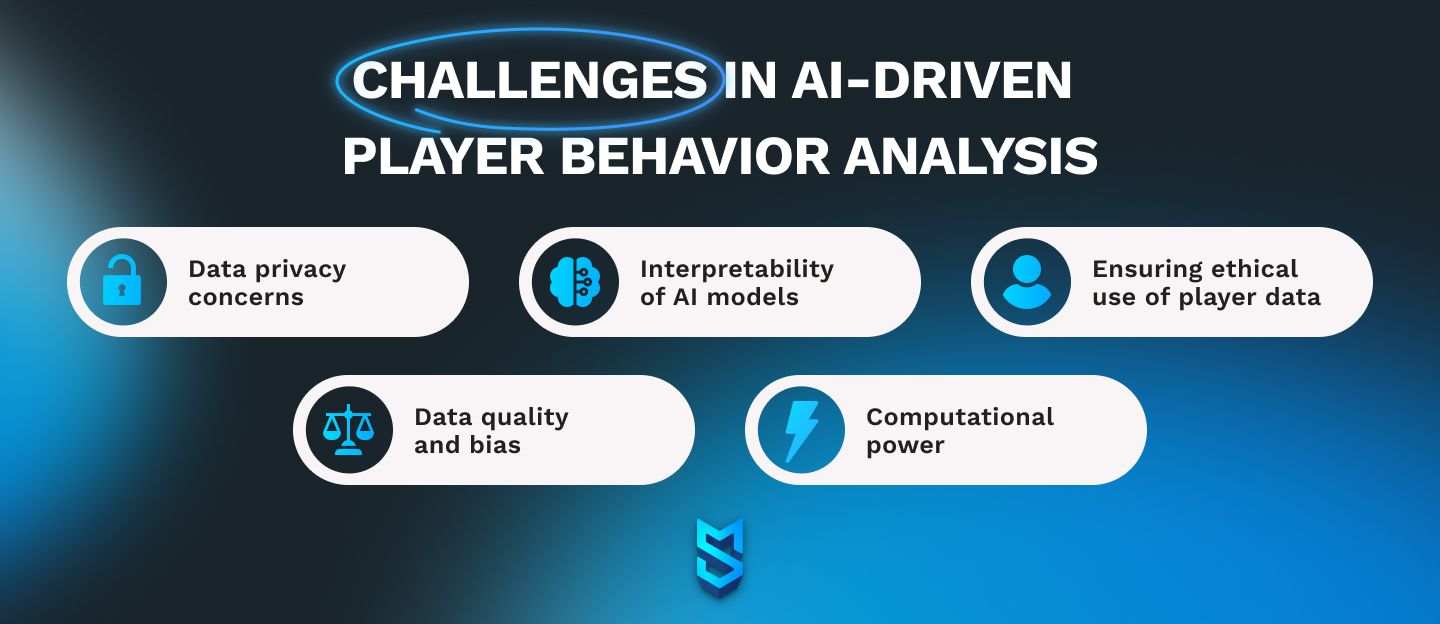
Now to the flip side of the coin. The use of AI at its current stage of development has its issues, and some of them are quite prominent when we’re talking about AI player performance analysis.
Data privacy concerns
Collecting, analyzing, and storing player data raises concerns about privacy, and complying with existing data protection regulations can be challenging. Even if in-game behavior isn’t considered sensitive, it’s still personal data. Not all players might be willing to agree to data collection, and with the lack of proper legislation on this topic, it’s important to exercise caution.
Interpretability of AI models
Employing AI models in analytics of any sorts can be tricky when it comes to interpreting analysis results. You’ll need to build and fine-tune a model that your developers will understand, or hire a specialist with experience in AI data analysis. Otherwise, you risk having an AI model that does more harm than good.
Ensuring ethical use of player data
In the same lane with data privacy, there’s ethical use of data. How much can a game owner use personalization based on behavior data to entice players to spend money in-game? Is it ethical at all to use such data for monetization, or is that manipulation? Can this data be shared with advertisers or partners? How much explanation is sufficient when you ask players to allow data collection? These and other questions are, at the moment, hanging in the air.
Data quality and bias
AI algorithms require a lot of data to provide real value for the cost. And this data needs to be diverse if you want to make globally popular mobile games. Removing bias from AI models so far has been one of the biggest challenges for AI implementation across industries, and games aren’t an exception.
Computational power
With the amount of data algorithms need to analyze, they are quite resource-intensive. And necessary computational power might require a substantial investment.
Addressing these challenges requires a combination of technical innovation, ethical considerations, and a commitment to maintaining a balance between optimizing player experiences and respecting privacy and fairness.
Case studies and success stories
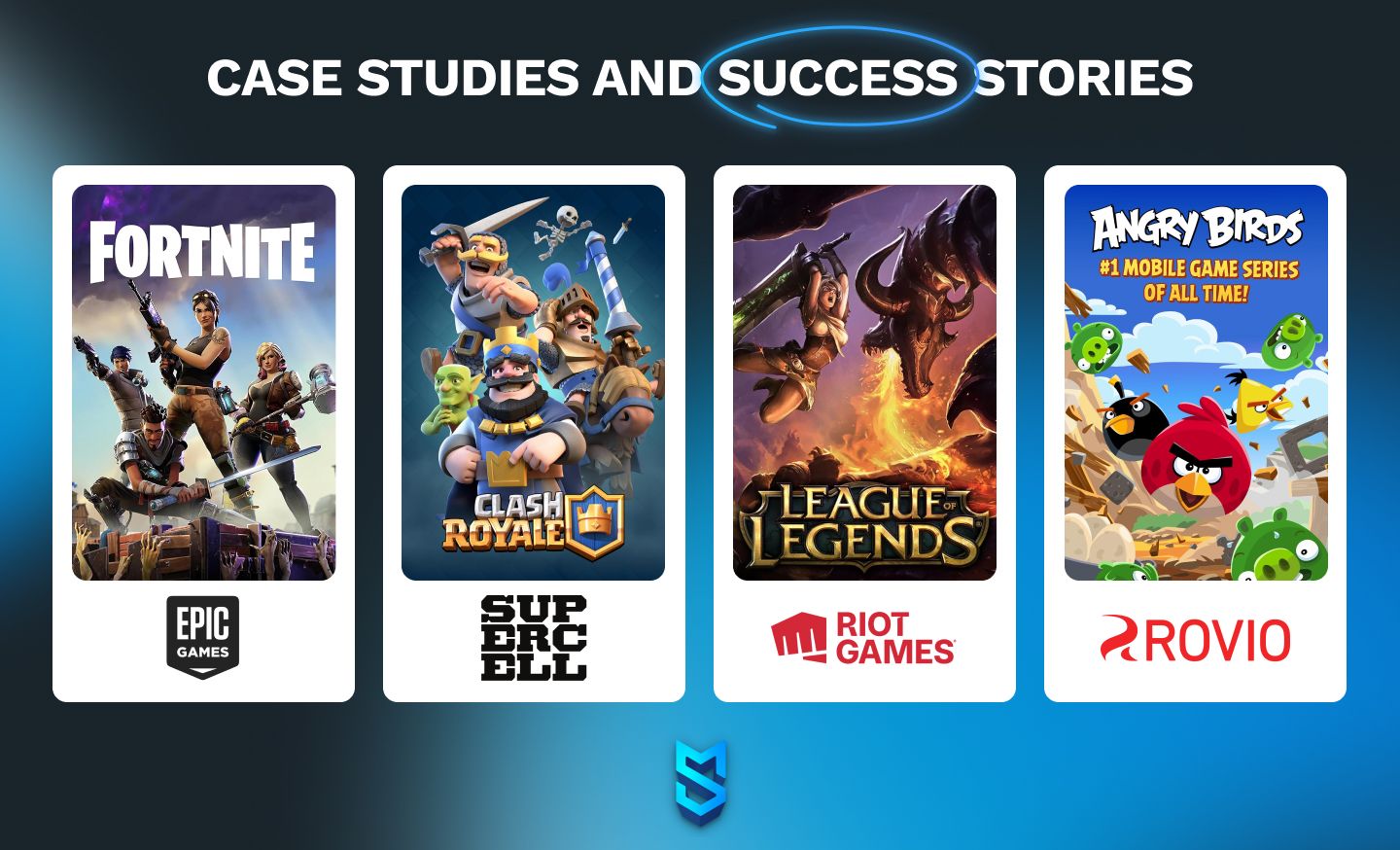
From theory to practice. Are there any popular game studios that already harness the benefits of player behavior analysis using AI in games? As it happens, there are, and you probably know them.
Epic Games in Fortnite
One of the recent updates in this massively popular battle royale (it’s been in the top games lists since 2017) includes AI-based matchmaking. By analyzing players’ skill levels, stats, and in-game behavior, the algorithm pairs them with equally-skilled opponents. This makes playing more fair and entertaining for everyone, which in turn leads to players sticking with the game longer.
Supercell in Clash Royale
This game utilizes player behavior analysis using AI in game to make personalized in-game purchase offers, increasing game monetization as well as positively affecting engagement.
Riot Games in League of Legends
Here’s an example of using AI-based behavior analytics for ethical reasons. Riot Games built a system for their flagship game that identifies and can penalize players who show signs of toxic behavior. A less toxic environment keeps players in the game and makes the whole process a lot more enjoyable. (That is, unless you’re the toxic one.)
The system uses machine learning, so it’s improving itself.
Rovio Entertainment in Angry Birds
The AI in Angry Birds analyzes players’ behavior to adjust game difficulty. By using predictive modeling, the algorithm decides whether the level is too hard for the player and adjusts the difficulty. Satisfaction with well-balanced playing keeps users in the game.
Conclusion
The AI development is on the rise. The new uses of artificial intelligence and its subset technologies spring out all the time. Some stay, some disappear due to being non-applicable on a wider scale. However, we can say with certainty that in gaming industry, the use of AI in player behavior analysis is one of the most advanced niches, bringing a lot of benefits to the game development field.
While we can’t disregard the challenges AI faces right now, we can also recognize that all of them are solvable. If you have integrity to keep things ethical, expertise to properly employ and protect obtained data, and resolution to make use of the best resources, AI can increase your game’s chances for success.
We at Mind Studios Games believe that we have all of the above. And we’ve been employing various AI tools in our work — to enhance both our games and our processes. We’re keeping track of AI services, and we’re learning to use the algorithms.
If you’re interested in developing or improving your game using AI — including AI player performance analysis — get in touch with us for a free consultation. We can offer insights as well as our services in this niche.

